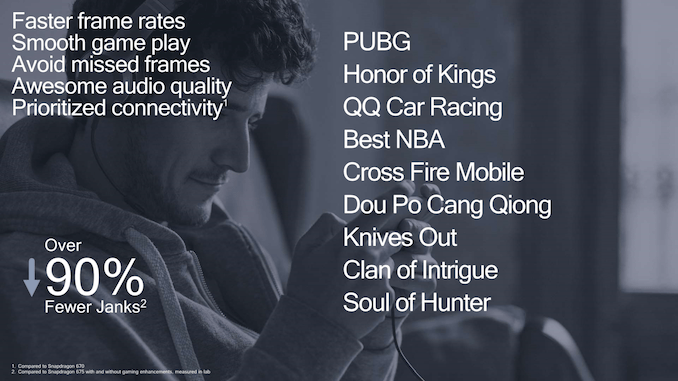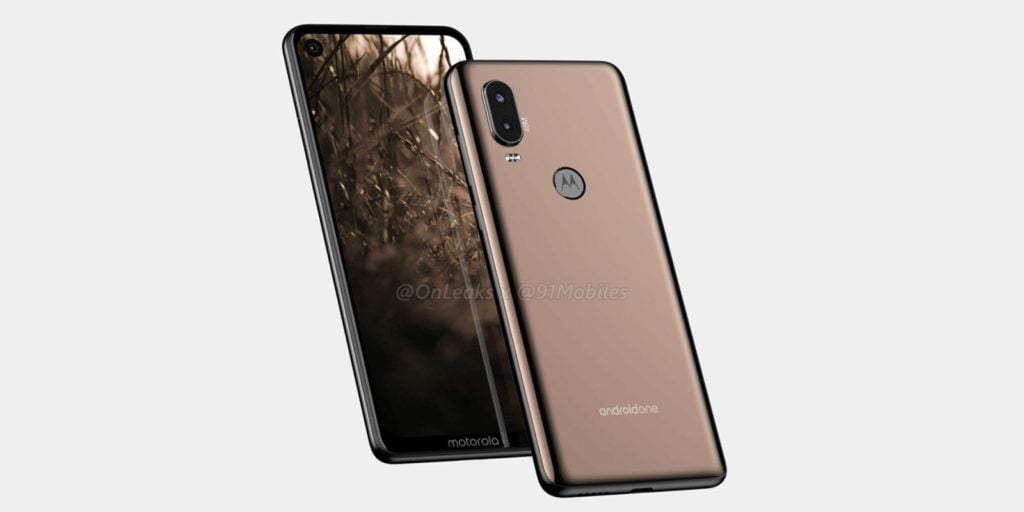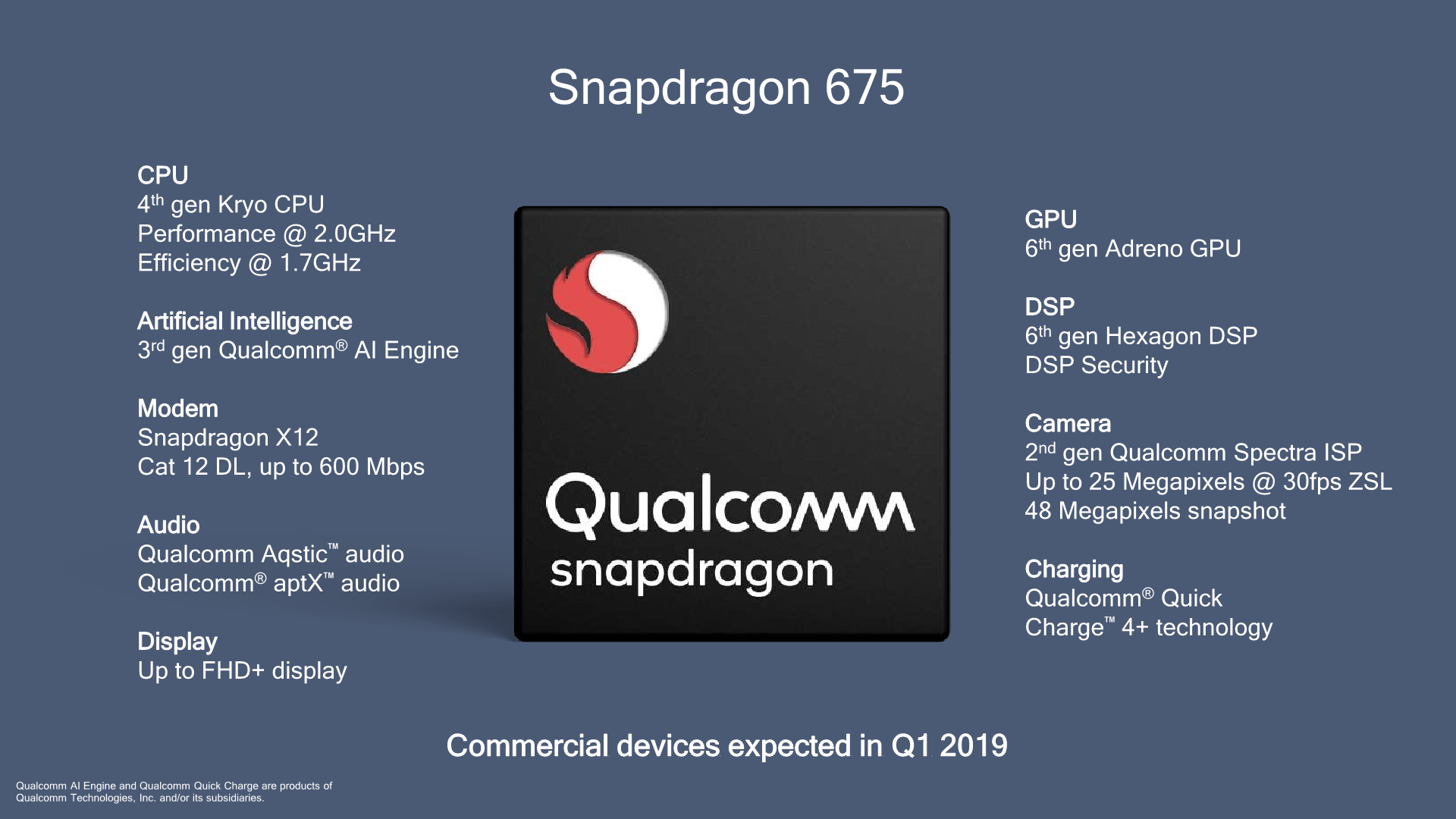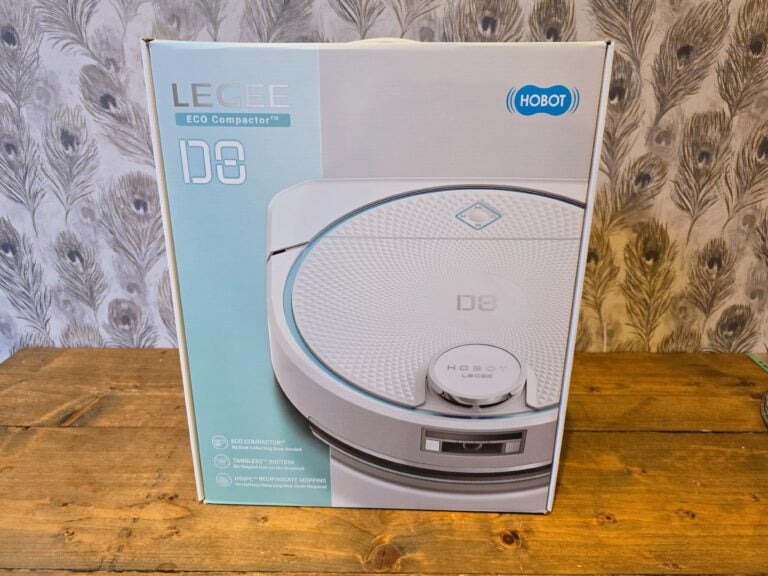Any links to online stores should be assumed to be affiliates. The company or PR agency provides all or most review samples. They have no control over my content, and I provide my honest opinion.
Update – Qualcomm have now announced the 665 & 730 which will replace the Snapdragon 710 & 660 – Our full upper-mid-range Qualcomm SoC comparison is here, and yes it gets confusing.
In somewhat of a surprising move Qualcomm has just launched the Snapdragon 675 which will supplant the Snapdragon 670 that was launched less than 3 months ago.
It will probably be several months before devices are released with the new system on chip but the mid-range SoC market is starting to get a little crowded and confusing with four upper mid-range chips available now in the form of the Snapdragon 670, 675, 710 and then the HiSilicon Kirin 710. Then other mid-range options in the form of the Snapdragon 660 and 636
The Qualcomm Snapdragon 675 does offer some noteworthy upgrades over the 670. Its 8-core design now uses the Kryo 460 CPU for its performance cores which are based on the new Arm Cortex A76 cores. The A76 is the latest CPU microarchitecture by Arm and something that would usually be used in a flagship model first such as the HiSilicon Kirin 980.
According to Qualcomm, the new cores result in up to 15% faster app launches and 35% gains in web browsing.

The chips are laid it with two performance cores running at 2.0Ghz and then six Cortex A55 efficiency cores, running at up to 1.8GHz.
The new CPU upgrades allow the 675 to have improved speeds of 15% in-app launches, up to 35% in web browsing scenarios.
However, the new chips uses the Adreno 612 GPU compared to Adreno 615 on the SD670 and the Adreno 616 on the SD710. This has slightly less memory available to it with 256+16 KB compared to 512KB. Beyond that the specification of the new GPU is unknown but it will likely offer lower performance than both the SD660 and SD675.
Qualcomm claim the new chip has “gaming enhancements” that promise up to 90% fewer janks and is likely to be something very similar to the GPU Turbo mode found in Huawei/Honor devices.

The Snapdragon 675 will allow mid-range phones to use three cameras at once which will then accommodate 5x optical zoom, similar to the Mate 20 Pro.
With 2019 fast approaching, which then means MWC in February you are may be wondering what chips to look out for in your next phone. The flagship market is a bit simpler, often with just two options, which by 2019 should be the Kirin 980 and Snapdragon 855, but with the midrange market, you have multiple options in the upper midrange sector.

With western buyers, you can probably rule out the Snapdragon 710 as this appears to be aimed at the Asian market with phones currently using it being the OPPO R17 Pro and Xiaomi Mi 8 SE. Though if you import from Gearbest etc it is a worthy contender.
The new Snapdragon 675 is scheduled to be available in commercial devices in Q1 of 2019. As Snapdragon 670 devices have already started to launch, the two products will co-exist with each other for some time.
Snapdragon 675 vs Snapdragon 710 Benchmark Comparison
Several phones now feature both of these chips and there have been some early benchmarks to reveal how well they perform against each other.
- Oppo RX17 Pro features the SD710 and scored 170,000 in Antutu
- Xiaomi Mi8 SE features the SD710 and scored 174,333 in Antutu
- Xiaomi Redmi Note 7 Pro features the SD675 and scored 180,808 in Antutu
- Vivo V15 Pro features the SD675 and scored 179,327 in Antutu
So the above results show that the Snapdragon 675 actually outperforms the 710 though it is likely that real life usage will have no noticeable effect.
The below table offers the best specification comparison I can make of the 4 chips, but getting a detailed specification of the HiSilicon Kirin 710 seems to be quite hard.
| Qualcomm Snapdragon 675 | Qualcomm Snapdragon 670 | Snapdragon 710 | HiSilicon Kirin 710 | |
|---|---|---|---|---|
| Process | 11nm LPP | 10nm LPP | 10nm LPP | 12 nm |
| CPU Cores | Octa-Core, 64-bit | Octa-Core, 64-bit | Octa-Core, 64-bit | Octa-Core, 64-bit |
| CPU | 2x Kryo 460 (CA76) @ 2.0GHz 256KB L2 6x Kryo 460 (CA55) @ 1.8GHz 64KB L2 | 4x Kryo 260 (CA73) @ 2.2GHz 4x Kryo 260 (CA53) @ 1.8GHz | 2x Kryo 360 (CA75) @ 2.2GHz 6x Kryo 360 (CA55) @ 1.7GHz | 4x Cortex-A73 @ 2.2 GHz 4x Cortex-A53 @ 1.7 GHz |
| GPU | Adreno 612 | Adreno 615 | Adreno 616 | ARM Mali-G51 MP4 |
| RAM | Max 8GB LPDDR4 | Max 8GB LPDDR4 | Max 8GB LPDDR4 | Max 6GB LPDDR4 |
| Camera | Spectra 250 ISP triple-camera support | Spectra 250 ISP 25MP single / 16MP dual | pectra 250 ISP 32MP single / 20MP dual | 16MP + 24MP |
| Video Encode/Decode | 2160p30, 1080p120 H.264 & H.265 | 2160p30, 1080p120 H.264 & H.265 | 2160p30, 1080p120 H.264 & H.265 | Decode: 1080p @ 60fps Encode: 1080p @ 30fps |
Phones featuring the Qualcomm Snapdragon 675
Xiaomi Redmi Note 7 Pro

Display: 6.3-inch Full HD+ IPS LCD; Corning Gorilla Glass 5| Processor: Snapdragon 675 AIE octa-core SoC | RAM: up to 6GB | Storage: 64GB/128GB | Software: MIUI 10 | Rear Camera: 48MP+5MP | Front Camera: 13MP | Weight: 186g | Dimensions:159.2×75.2×8.1mm | Battery: 4000mAh
Vivo V15 Pro

Display: 6.39-inch Full HD+ Super AMOLED; 2.5D Glass| Processor: Snapdragon 675 AIE octa-core SoC | RAM: 6GB | Storage: 128GB | Software: Android 9.0 | Rear Camera: 48MP+8MP+5MP | Front Camera: 32MP | Weight: 185g | Dimensions:157.25×74.71×8.21mm | Battery: 3700mAh
Motorola Moto P40 – Not official yet

Display: 6.2-inch Full HD+ IPS LCD; Corning Gorilla Glass | Processor: Snapdragon 675 AIE octa-core SoC or Samsung Exynos 9619 octa-core SoC | RAM: up to 6GB | Storage: 64GB/128GB | Software: Android 9.0 | Rear Camera: 48MP+5MP | Front Camera: 12MP | Weight: -| Dimensions:160.1×71.2×8.7mm | Battery: 4100mAh
I am James, a UK-based tech enthusiast and the Editor and Owner of Mighty Gadget, which I’ve proudly run since 2007. Passionate about all things technology, my expertise spans from computers and networking to mobile, wearables, and smart home devices.
As a fitness fanatic who loves running and cycling, I also have a keen interest in fitness-related technology, and I take every opportunity to cover this niche on my blog. My diverse interests allow me to bring a unique perspective to tech blogging, merging lifestyle, fitness, and the latest tech trends.
In my academic pursuits, I earned a BSc in Information Systems Design from UCLAN, before advancing my learning with a Master’s Degree in Computing. This advanced study also included Cisco CCNA accreditation, further demonstrating my commitment to understanding and staying ahead of the technology curve.
I’m proud to share that Vuelio has consistently ranked Mighty Gadget as one of the top technology blogs in the UK. With my dedication to technology and drive to share my insights, I aim to continue providing my readers with engaging and informative content.







